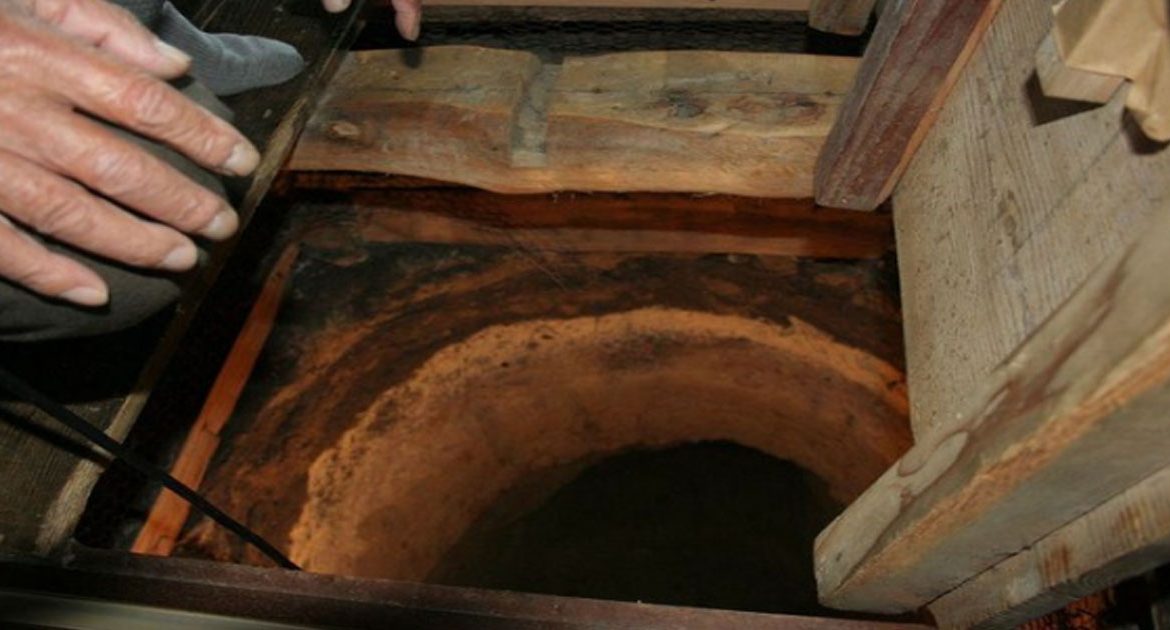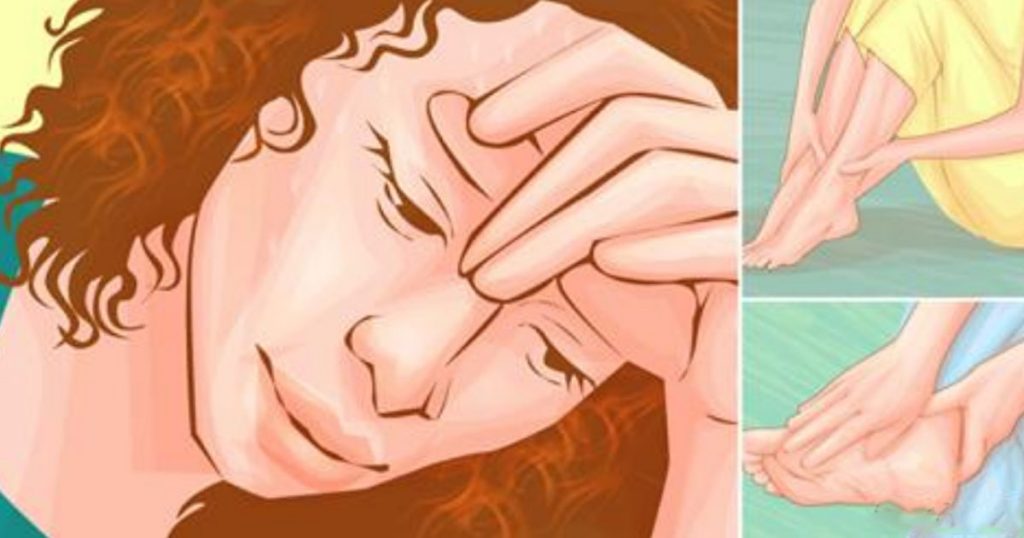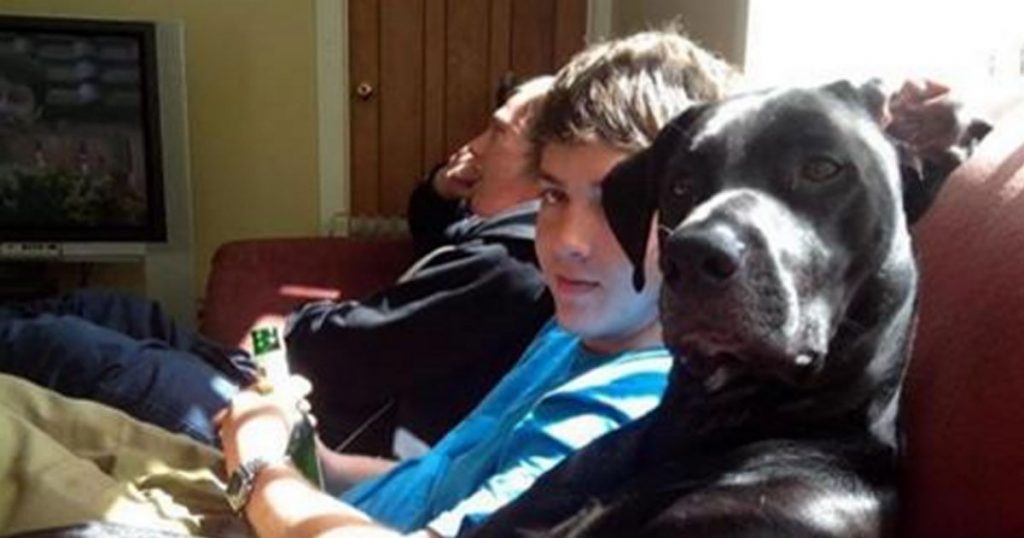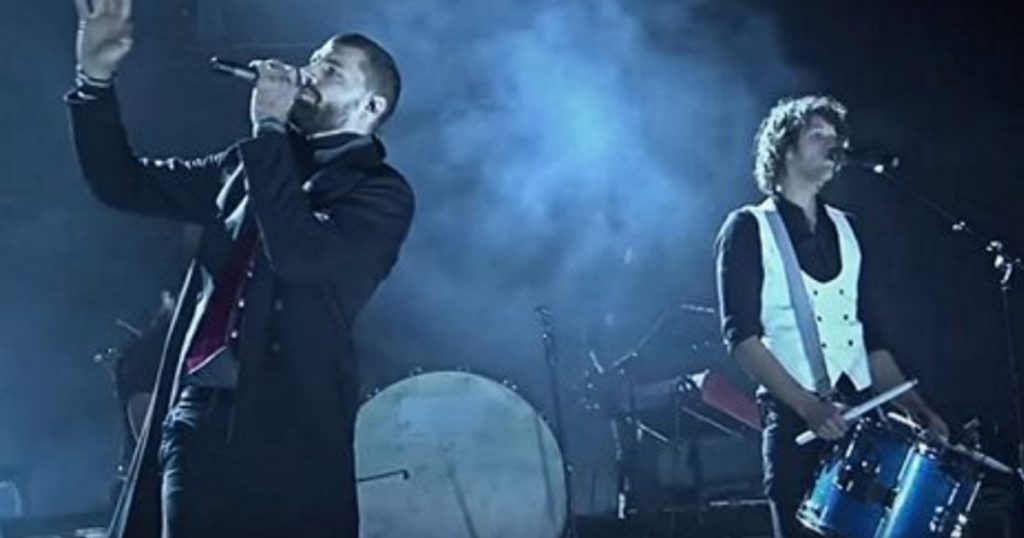Are ninjas real? While they seem like a part of Japanese folklore, they are, in fact, real. While most people think of the ancient shinobi mercenaries as nothing but stealth assassins, in reality, they were a lot more James Bond than Sonny Chiba’s Hattori Hanzo. Espionage was the name of the game. Cloaked in a variety of disguises, they infiltrated enemy territory to learn building layouts, swipe secret passwords, and spread misinformation. If need be, they were also up for sabotage, mainly in the form of arson.
No one knows when ninjas first started to appear, but it’s estimated it was between the 12th and 15th centuries. However, they didn’t fully come into their own until the Sengoku period (also known as the Warring States Period). During this time, the two most famous ninja clans, Iga and Koga, had their heydays. But like with all golden ages, eventually the sun had to set. Even so, shinobi have left an imprint on the history of Japan that will never be erased. So if you only thought ninjas were all myth, think again: these are some real facts about ninjas.
Ninjas’ Roots Came From China
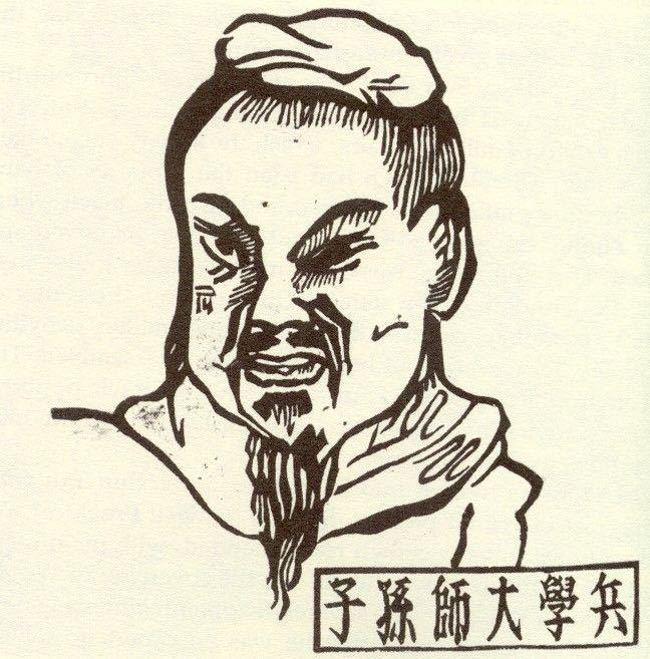
After the Tang dynasty collapsed in 907, some of the generals fled to Japan. Later in the 1020s, Chinese monks followed, carrying their own new ideas along with them. The resulting blend of battle tactics and philosophies had a huge influence on Japan. Sun Tzu, the famed military strategist, claimed the art of deception was a key component of victory, and became a cornerstone for the way of the ninja.
Shinobi And Ninja Mean The Same Thing
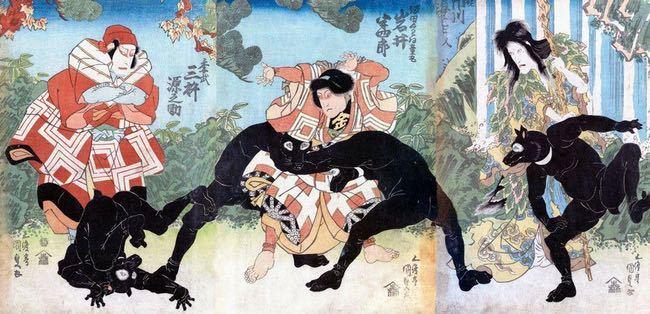
Some say ninja, some say shinobi. Who’s right? As it turns out, everybody’s a winner! Ninja stems from Chinese, but it’s pronunciation changed after it was adopted into Japanese (ninja translates to “one who endures”). Shinobi on the other hand, is a homegrown Japanese term.
In Kanji, ninja (or shinobi, and more formally shinobi-no-mono) has two characters, and when pronounced in Chinese sounds like «nin-sha.» In modern times ninjas are sometimes referred to as ninjutsu. People who practice martial arts in the «way» of the ninja often refer to themselves as ninjutsu.
Iga And Koga Were The Most Famous Clans
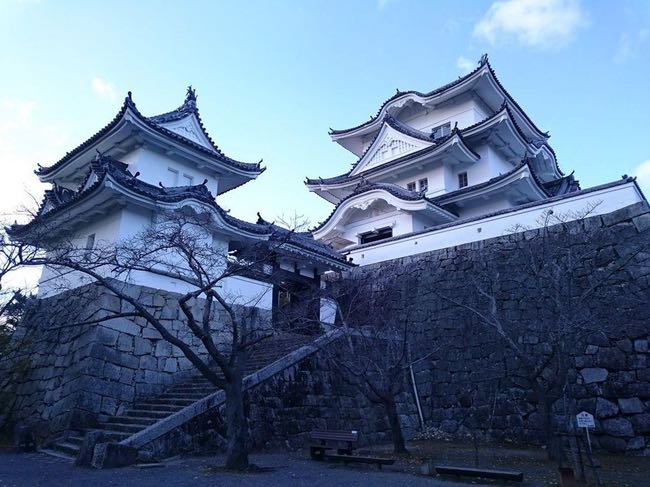
The two most famous ninja clans were Iga (from Mie prefecture) and Koga (Shiga prefecture). These rural areas were relatively free of warlords, and they wanted it to stay that way. But warlords aren’t really the types to just chill and let things be. So Iga and Koga turned into what you could call self-defense communities. Although, as they came to later find out, sometimes the best defense is an even better offense.
The Sengoku Period Was The Ninja Golden Age
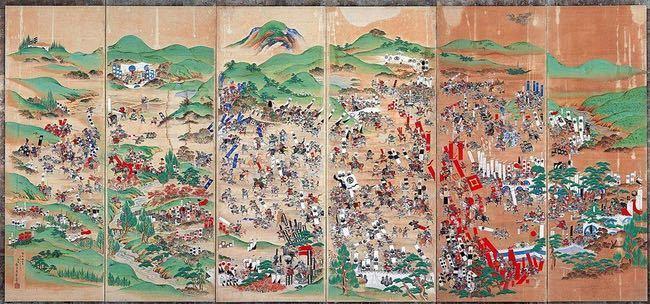
During the Nanbukucho (1336-1392) and Onin Wars (1467-1477), ninja played an active role, but they didn’t hit their peak until the Sengoku Period (1467-1568). In this era, they functioned as scouts, spies, and agitators for the different warring factions, and were particularly skilled at breaching castles. Once behind the walls, they distracted enemy soldiers while their “clients” charged in from the outside.
Many Ninjas Were Commoners
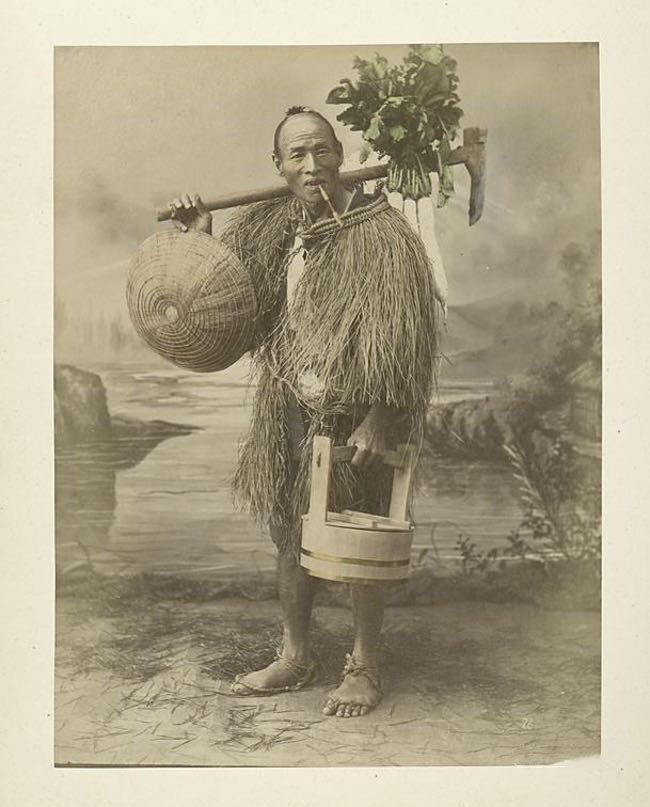
While it’s true that some samurai doubled as ninja, many shinobi weren’t from the samurai social class. Some were born into the business like members of the Iga and Koga clans, but others were scrappy farmers and villagers. But this isn’t to say that ninjas didn’t have a hierarchy. The jonin (high men) sat on top as the leaders, followed by the chunin (literally middle men), and the genin (ordinary men) were at the bottom.
Shugendo Training Included Sitting Under Waterfalls
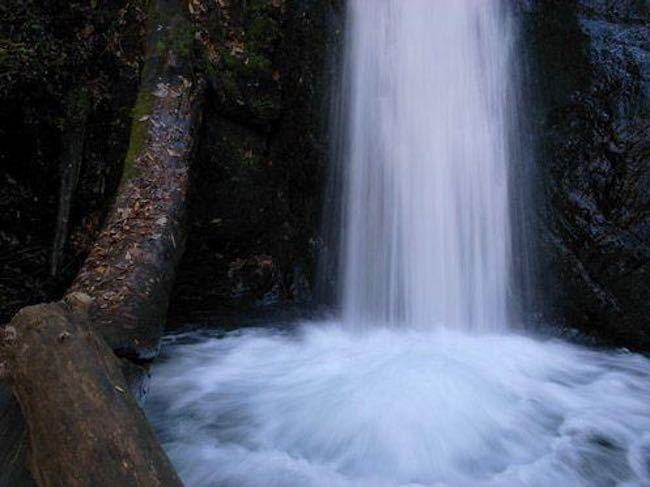
Some historians believe that ninjas, excluding samurai overachievers, didn’t receive martial arts training in the formal sense. However, the system of shugendo is believed to have been part of their initiation. Not all ninja took part in this spiritual journey in the mountains, but the ones that did were pushed to their limits. Training included walking miles through the forest and sitting under waterfalls.
Ninja Outfits Were Pretty Lame
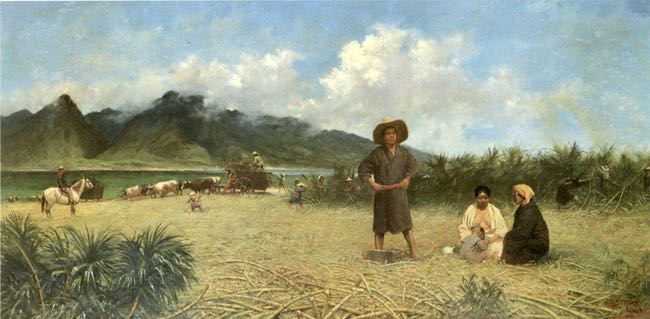
If you go off pop culture, ninjas wore an all-black, loose fitting catsuit. These outfits were real, but only in the kabuki theater. Furthermore, during night operations ninja were far more likely to wear navy blue; contrary to popular belief, blue is more conducive to slipping into the shadows than black. And blend in they did, because the majority of the time shinobi looked pretty lame. The whole point of being a spy is not to stand out, so they often dressed as street performs, priests, merchants, and farmers.
Most Of Their Weapons Could Pass For Farming Tools
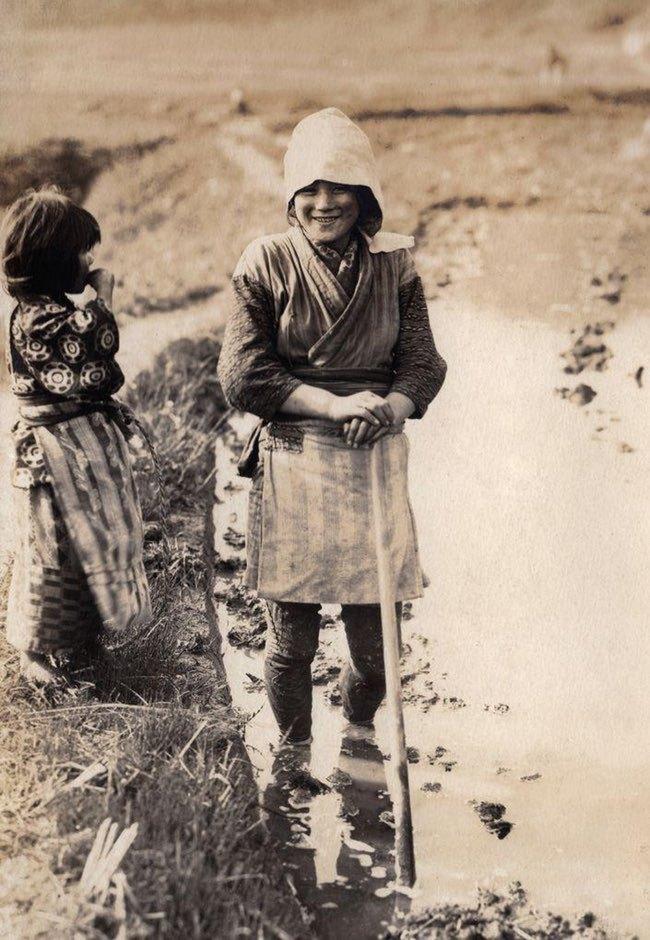
The ninjas’ weapons were, for the most part, as inconspicuous as their choice in wardrobe. Many of the tools they used were altered saws, shears, and sickles. These provided the perfect cover, because if anyone stumbled onto them, they could pass as ordinary farming equipment. Extra care had to be taken to conceal some of the more “specialized” weapons, though.
Throwing Stars Probably Weren’t Thrown
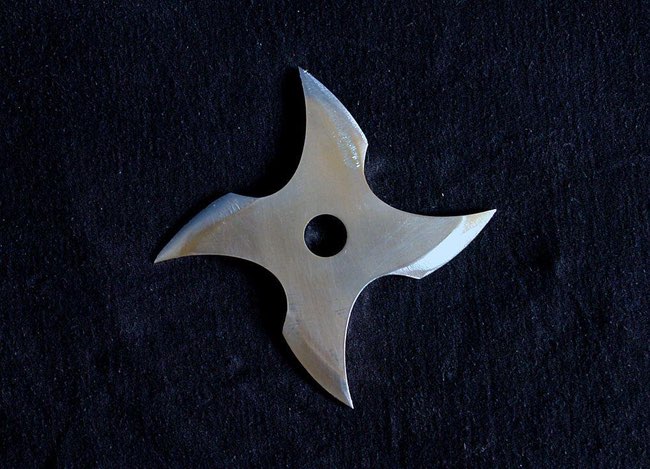
Not all weapons from movies were complete fabrications: bo staffs and shinobigatana (mid-length swords) did some serious damage. Devices like shuko (metal claws used for climbing) and tessen (sharp metal fans) also had a place. But in terms of craftiness, nothing beats a blowgun disguised as a flute.
For people dying to know about shuriken (throwing stars), they did exist. However, it’s doubtful that they were thrown. If they were used at all, it’s probable they were employed as a slashing tool in close-quarters.
Targets «Ninja Proofed» Their Quarters
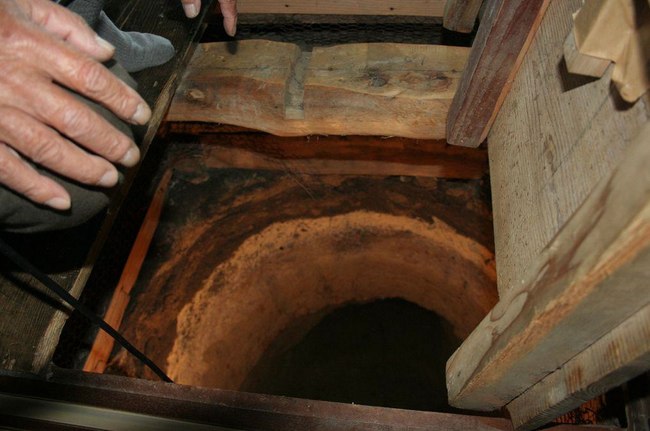
Even for the ninja, infiltrating a Japanese castle was a headache at best. The winding paths were hard to navigate, and guards could you see coming from a mile away. To make matters worse, certain rooms were “ninja proofed”. Hallways were constructed to squeak loudly, grounds were covered in gravel, and trip wires sounded alarms.
And just in case a shinobi cornered someone in a room, weapons were stashed under the floorboards. Seems super paranoid, but when you think of it, anyone could potentially be a ninja. So, it made sense to take the extra precautions.
Oda Nobunaga Was Enemy Number One
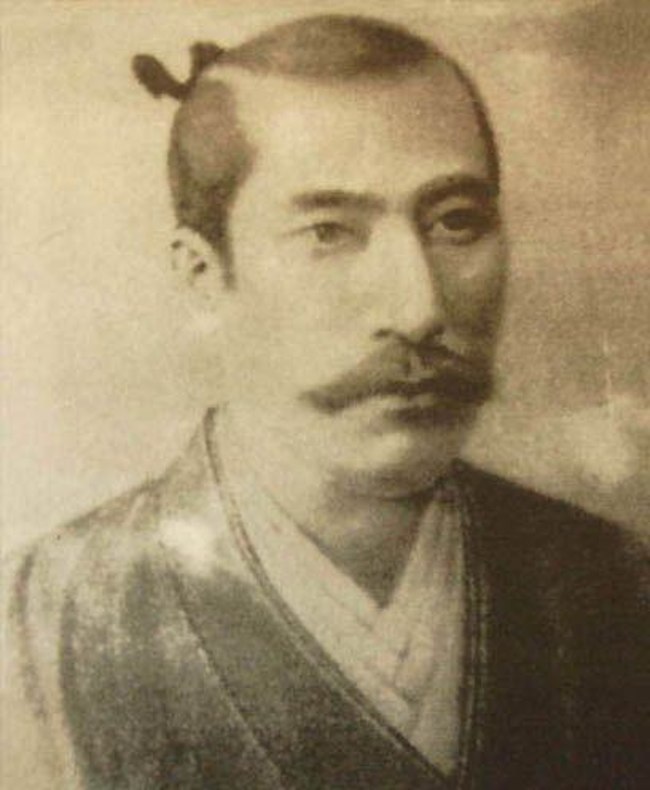
The warlord Oda Nobunaga was on mission to unify Japan between 1551 and 1582. He saw the Iga and Koga clans as threats — huge threats. He swiftly did away with the Koga, but the Iga proved to be a much bigger pain. Unfortunately for them, Nobunaga lived under the mantra of “go big or go home”.
After sending 40,000 troops to engage the Iga in open combat (not the ninjas’ strength), their stronghold was broken up, and many fled to nearby provinces. With the two power houses gone, it looked like the shinobi were just about extinct. But when dealing with ninja, looks can be deceiving.
Ninjas Became Japan’s First Secret Service
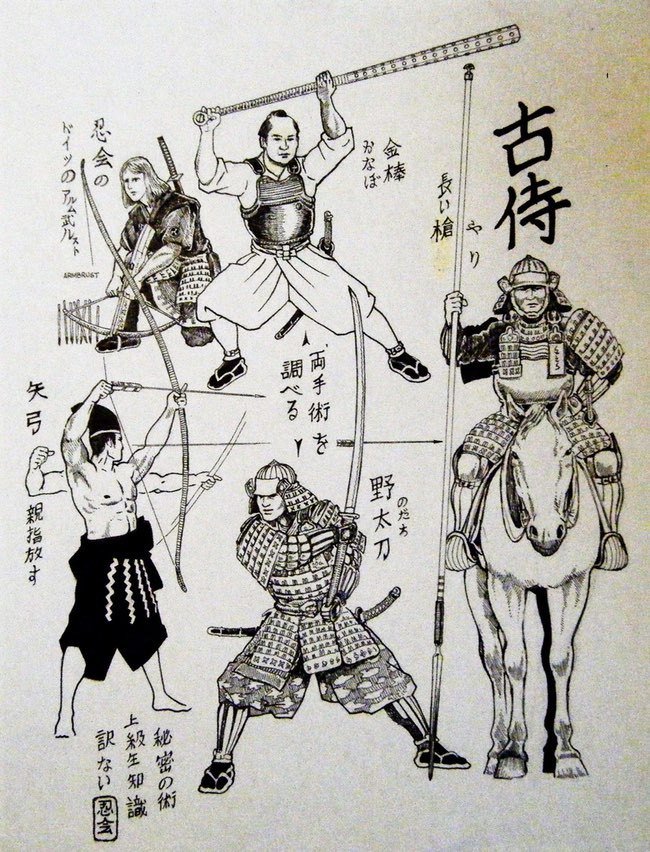
The ninja that escaped Nobunaga’s wrath had a valuable skill, but needed new employers. A number of them went the hired gun route, while others took on the role of bodyguards. But things began to change in the 18th century. Japan’s first secret service and intelligence agency were formed, and guess who were on the shortlist for the job? Still, that wasn’t enough to save the profession. And as stability spread throughout the country during the Meiji Period, the demand for ninjas faded away.
Most Of What’s Known About Ninjas Comes From The Source
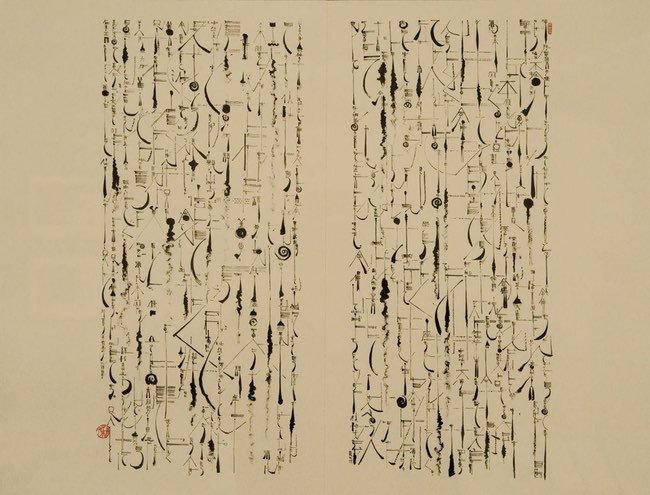
So, you’re out of work and your way of life is about to be forgotten. What do you? What any sane person would do: scroll! Not in the modern sense, but in way that you’d write a book. Considering that ninjas were spies, it’s no surprise they didn’t feel the need to record anything until the party was over.
These scrolls provide some of the few facts that are available about ninja. However, a lot of the information was from the oral storytelling tradition and aren’t the most reliable sources.
James Bond Introduced Ninja To A Large Western Audience
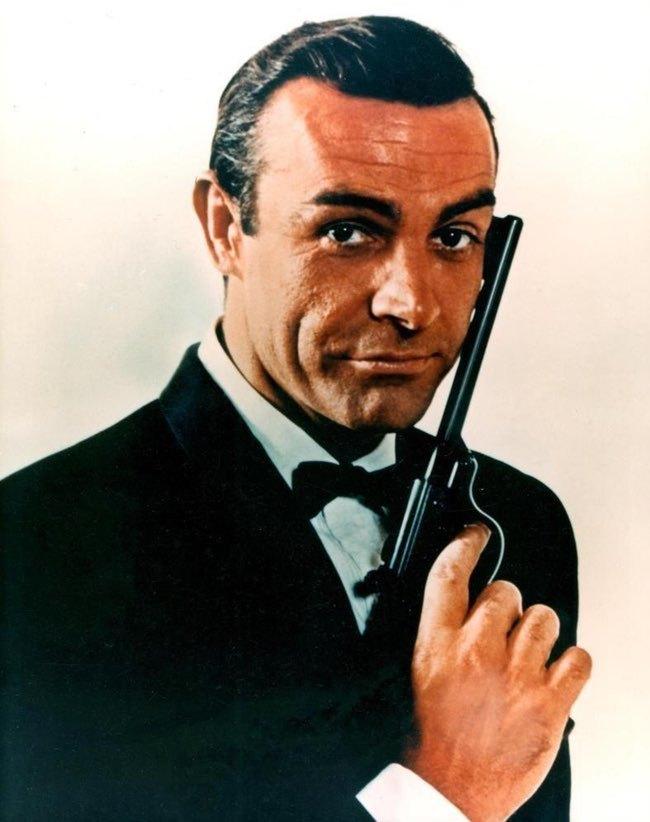
The first known Western usage of the ninja in pop culture was in the James Bond novel You Only Live Twice. In the book, Bond is forced to battle an elite Japanese ninja force. At the same time, Japan was emerging again as a world power and people were captivated by its culture. In 1964, Japan competed in the Olympics and introduced the world to the sport of Judo. In the 1970s movies staring martial artists like Bruce Lee and David Carradine popularized the concept of the ninja and of «kung-fu fighting.»
The resurgence of the ninja led to a broad cultural phenomenon not only in the United States, but in Japan as well. So much so that Japan has brought them back as living, breathing, tourist attractions. Now, countless movies, video games, comics, and TV shows center around ninjas, including some about the old ninjas of feudal Japan.
